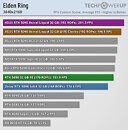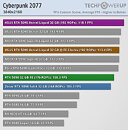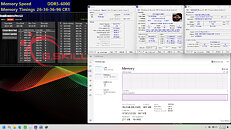
ASUS Republic of Gamers Announces New Keyboard, Mouse, Mousepad, and Gaming Headset
ASUS Republic of Gamers (ROG) today announced a new and wide-ranging gaming peripherals lineup. The latest additions to the ROG arsenal include the Azoth X gaming keyboard, Keris II Origin gaming mouse, Scabbard II Arctic Gray XXL gaming mousepad, and the Delta II Moonlight White gaming headset.
ROG Azoth X gaming keyboard
The ROG Azoth X is a 75% custom gaming keyboard built for discerning gamers and keyboard enthusiasts who demand precision and versatility. The keycaps feature a three-sided translucent design that amplifies RGB shine-through for a stunning visual display. The front and top of each keycap is dye-sublimated with the ROG Stellar theme for a signature look. A south-facing PCB ensures compatibility with a broad range of switches, while five dampening layers (one silicone and four PORON layers), a gasket mount, and an FR4 positioning plate work in unison to provide refined typing experiences. Hot-swappable ROG NX Snow Mechanical Switches V2 support diverse keycap profiles and deliver softer acoustics and smooth keystrokes.
ROG Azoth X gaming keyboard
The ROG Azoth X is a 75% custom gaming keyboard built for discerning gamers and keyboard enthusiasts who demand precision and versatility. The keycaps feature a three-sided translucent design that amplifies RGB shine-through for a stunning visual display. The front and top of each keycap is dye-sublimated with the ROG Stellar theme for a signature look. A south-facing PCB ensures compatibility with a broad range of switches, while five dampening layers (one silicone and four PORON layers), a gasket mount, and an FR4 positioning plate work in unison to provide refined typing experiences. Hot-swappable ROG NX Snow Mechanical Switches V2 support diverse keycap profiles and deliver softer acoustics and smooth keystrokes.

























































































